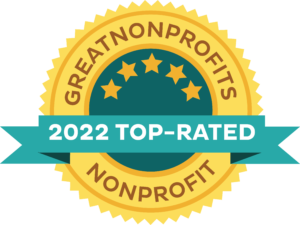Carte linguistique en français
On 8 May 2018, the government of the Democratic Republic of Congo (DRC) declared an outbreak of Ebola virus in Bikoro, Équateur Province. Preceding the declaration, two cases of Ebola had been confirmed by laboratory testing, and seventeen people had died in the past five weeks of suspected viral hemorrhagic fever. People in the affected communities urgently need information about how to keep their families safe from the disease, how to spot early symptoms, and where to go for help.
DRC is one of the most linguistically diverse countries in the world. More than 200 languages are spoken, including some 40 languages within 300 km of Bikoro town. Lingala is the provincial lingua franca, but local residents speak dialects of Ntomba and Mongo as their mother tongue. Literacy levels are low: One-third of women nationally cannot read, making verbal and visual communication especially important.
In times of need, communication with communities is key. Yet emergencies can strain local communication infrastructure, and those who provide language services may themselves be affected.
To alleviate suffering and contribute to rapid recovery, it is important to get life-saving information to communities quickly, including through radio broadcasts and mobile technology, in the languages of those affected. To ensure understanding among less educated individuals and second-language speakers, communication should be short, simple, and clearly illustrated. Important information – including how to access services and where to report abuse – should be provided in plain language, absent of jargon, and with pictures when possible.
To find out how to support Translators without Borders’ work in crisis response, email us: info@translatorswithoutborders.org.
For more information on TWB Maps see here.
